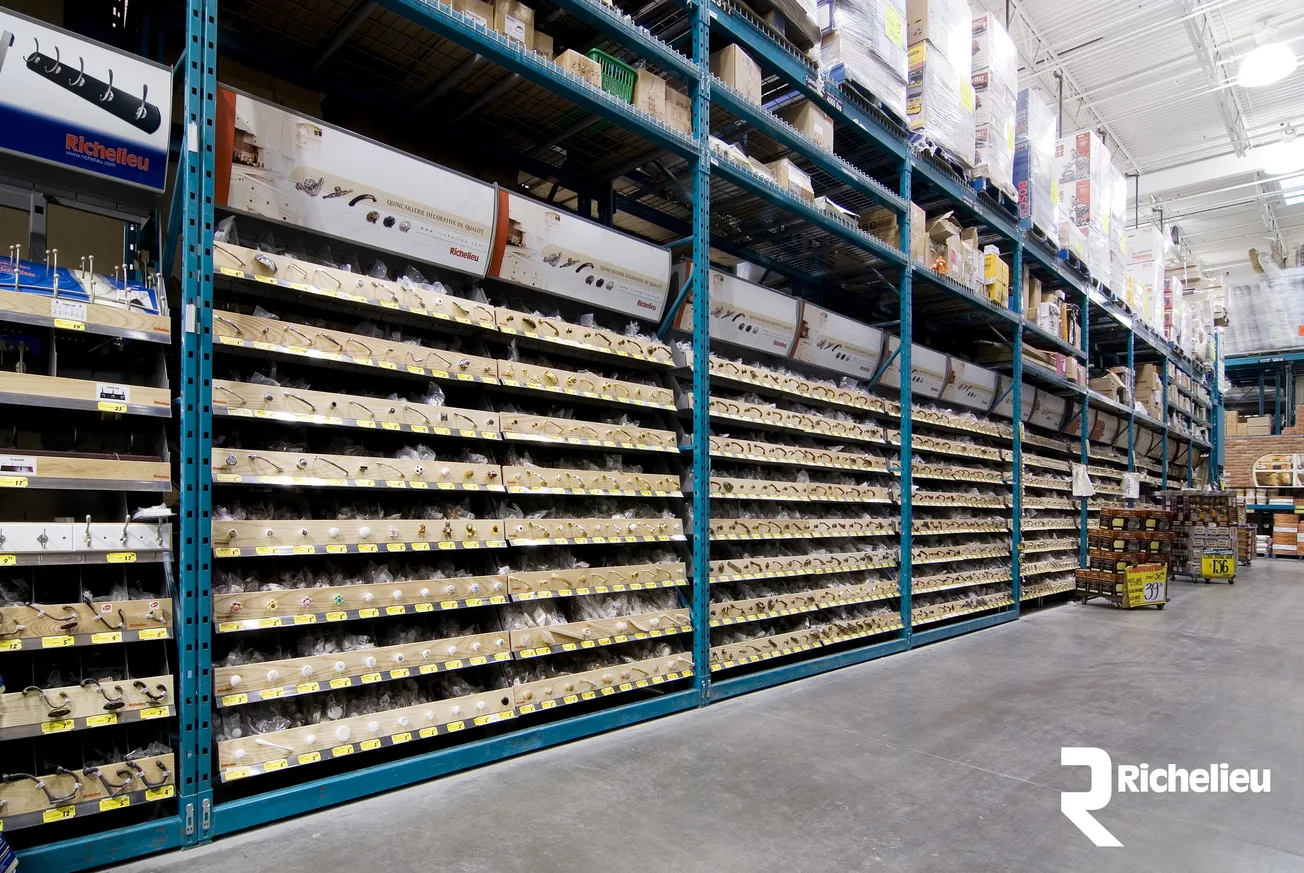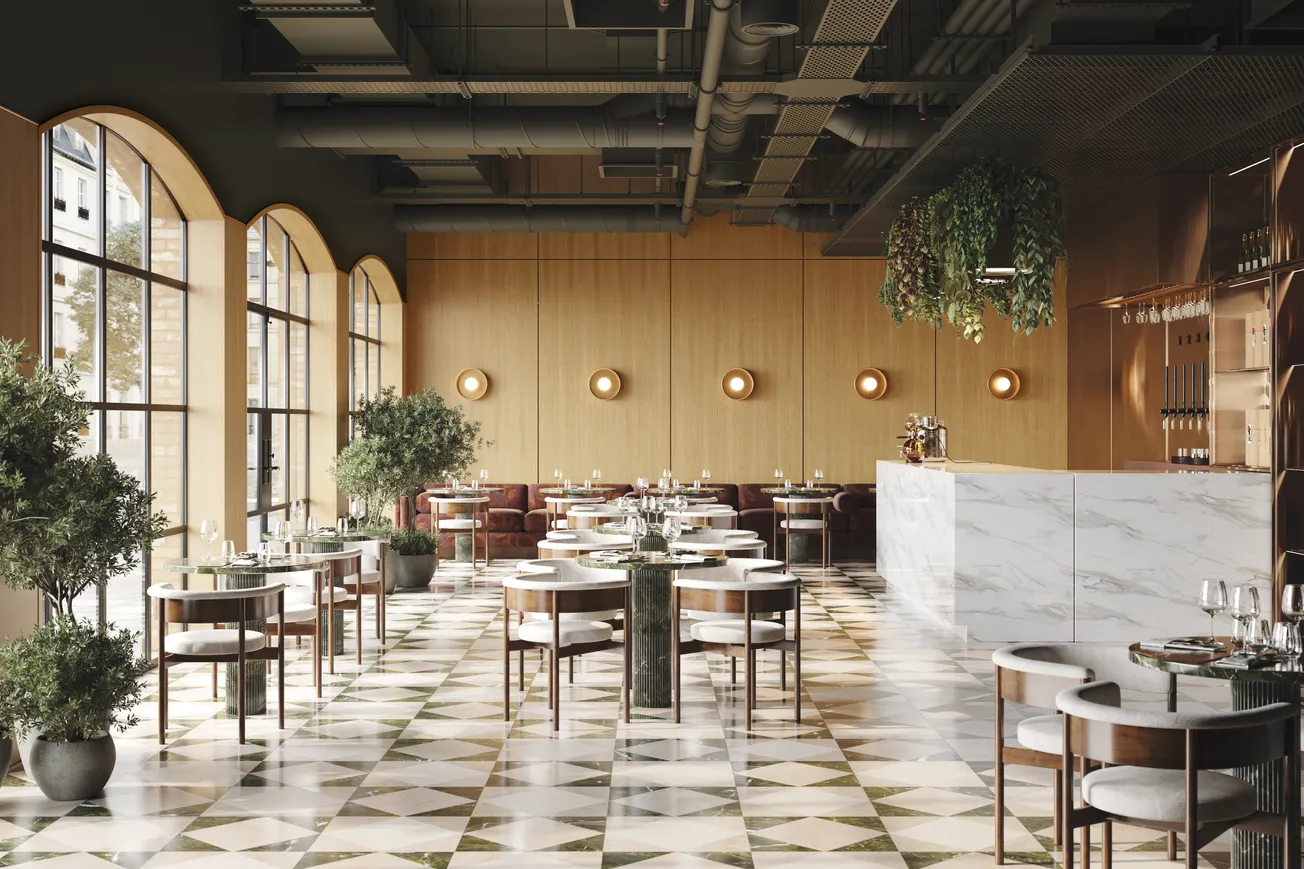Table of Contents
Design survey reveals what’s popular in kitchens and baths
By Jim Leute
When it comes to styles of kitchen and bath design, transitional is still king.
That’s not surprising, as transitional designs blend traditional and contemporary styles that mend the two with aesthetics borrowed from each.
But it’s the growing popularity of contemporary kitchen and design that’s likely the biggest takeaway from a recent report on design trends.
In fact, contemporary design has overtaken traditional kitchen design for the first time, according to the National Kitchen & Bath Association’s 2017 Kitchen & Bath Design Trends Report.
“More transitional and contemporary kitchens in traditional homes,” one respondent said.
“Getting away from heavy traditional lines and going to cleaner, softer lines … with no fussy moldings or trims,” another added.
The NKBA, which represents nearly 14,000 companies in all segments of the kitchen and bath industry, has tracked kitchen and bath design trends since the 1980s.
Eighty percent of respondents to this year’s survey indicated they’d designed at least one transitional kitchen, followed by 76 percent in the contemporary camp. Traditional and shaker styles tied in the third spot with 73 percent.
When designers indicated the styles they were increasingly using, contemporary held the most sway, followed by transitional, industrial and mid-century modern. Just 8 percent of respondents indicated they were seeing an increase in traditional style.
 “People are turning to a new, fresh look, and contemporary fits that bill,” said Molly Erin McCabe, an award-winning designer, general contractor and the principal designer and co-owner of A Kitchen That Works in Bainbridge Island, Wash.
“People are turning to a new, fresh look, and contemporary fits that bill,” said Molly Erin McCabe, an award-winning designer, general contractor and the principal designer and co-owner of A Kitchen That Works in Bainbridge Island, Wash.
“I think mid-century modern has had an impact on that. People are looking for simplicity and clean lines.”
McCabe has published numerous articles and has lectured nationally on design and construction. She has contributed as a subject matter expert for the US Green Building Council’s GreenHomeGuide.com, is a member of the Thermador Design Council and was a founding board member of the Olympic West Sound Chapter of the NKBA.
“I think the contemporary trend will continue to emerge,” she said. “It just offers more flexibility, and you can do more with a contemporary or transitional design than you can with traditional.
“Traditional is very material intensive, and, in many cases, contemporary can be less expensive.”
Beyond the clean looks, the engineering, materials and fittings typically found in contemporary kitchens are far better than they were years ago, she said.
“It is now much easier to spec this stuff than it used to be,” McCabe said. “There’s been a huge increase in the technology and, as a result, the products that are available.”
McCabe said contemporary design typically has been more prevalent in condos and in the higher-income population centers on the coasts.
What’s interesting in the recent NKBA report, however, is the growth of contemporary design given the fact that nearly a third of the responses came from the Midwest.
The trend report comprises responses from 562 NKBA members across North America who specified materials, product types and design for their clients in 2016.
Clean Colors
White and gray painted cabinets dominate the kitchen market and show no sign of slowing down, according to the NKBA report, which added that blue painted and high-gloss cabinets are emerging trends.
“White and gray is just so flexible,” McCabe said. “You can accessorize so much more easily.
“Am I a bit tired of doing white? Yes, but they aren’t my houses.”
McCabe said the appeal of white can be tied to the historic use of white subway tiles that were “an indicator of hygiene and cleanliness.”
Her clients haven’t adopted the use of high-gloss cabinets, which she said is evident in many celebrity kitchens seen on TV.
“High-gloss is expensive and not terribly durable,” she said. “I think you tend to see that more in the condo market because it continues the condo theme of clean and simple.”
Mix and match
The NKBA report found that more kitchens are designed in a mix of colors and materials, such as mixed cabinet finishes and varying countertop materials.
“I believe a national magazine said last year that two-tone was on its way out,” McCabe said. “I don’t know, though. It’s a neat thing for many clients where you can have painted on top and wood on the bottom. It allows a homeowner to truly put their personal stamp on a kitchen.”
McCabe also advocates multiple countertop surfaces, particularly from a functional standpoint.
“Do your prep center in butcher block and then do quartz around the perimeter,” she said. “If the kitchen island is not populated with a cooktop, do it in a granite or quartz that’s splashy so that island pops.”
She’s a fan of different textures, too.
“Many of the high-pressure laminates that are available offer fantastic options for that,” she said.
Quartz is hot
Quartz is the most popular countertop and is trending up, according to the NKBA report.
Eighty-eight percent of survey respondents specified quartz, while 77 percent designed projects calling for granite.
The survey also found that 72 percent of the quartz designers are increasing its use, while just 12 percent of granite designers labeled it as increasing in popularity.
Just 1 percent of the quartz respondents said the trend was decreasing compared with 34 percent of the granite designers.
“I have quartz in my kitchen that gets a lot of use and traffic,” McCabe said. “I need the high functionality and low maintenance. I recommend quartz to my clients.”
McCabe said quartz is more and more contemporary-friendly.
“There are so many options from some really innovative companies so you can get that great quarried look,” she said.
Clean and simple
Betsy Natz is chief executive officer of the Kitchen Cabinet Manufacturers Association, which represents more than 300 companies that manufacture kitchen, bath or other residential cabinets, as well as key industry suppliers.
Because the kitchen is the heart of the home, designs or redesigns reflect the homeowner’s style, she said.
“Over the last several years, we’ve seen veneer finishes become much more popular for kitchen cabinets,” Natz said. “Customers want painted cabinets such as white, gray and even more vibrant colors like red or turquoise.”
Consumers are increasingly requesting painted cabinets that sometimes requires different cabinet materials, she said, adding that hardware such as knobs and pulls have become more modern and sleek.
Natz said consumers are using mixed materials, cabinet colors and cabinets to hide appliances in high-end kitchens.
She said several designers at the recent Kitchen & Bath Industry Show in Orlando said minimalistic kitchens are becoming more popular, particularly among millennials.
The environment is becoming more important to consumers, particularly millennials.
That’s one reason the KCMA implemented its Environmental Stewardship Program several years ago, Natz said.
“The program ensures that manufacturers comply with standards in air quality, product resource management, process resource management, environmental stewardship and community relations,” she said.
Bath design trends
The extensive NKBA report also looked specifically at bathroom design trends.
As with kitchens, contemporary and transitional design have overtaken traditional in style preferences.
Whites, off-whites and grays are by far the most popular color schemes, and linen storage cabinets and wood vanities are the most commonly used storage solutions.
Ceramic tile is still the most popular floor, but high-quality vinyl is emerging.
Other bathroom design trends include a growing use of undermount sinks, white fixtures, water-saving toilets and faucets and other features that emphasize safety and comfort.
The report also indicated that floating vanities and open shelving are increasing in popularity.
“Floating vanities allow you to work in a small space and make it look bigger,” McCabe said. “Open shelves create lots of flexibility for trinkets and stuff.”
On display
From floating vanities to innovative luxury vinyl tile flooring, the mHouse in Watertown, Wis., is a testament to many ideas and trends highlighted in the NKBA report.
The house’s design is contemporary, and it features the latest styles and surface materials prominent in contemporary and transitional kitchens, including clean lines, simple cabinet door fronts, integrated appliances, other built-ins and high pressure laminate. The house also includes materials and styles that are trending in Europe and are increasingly more popular in the US, such as textured TFL and finished foils.
The mHouse is the vision of John Aufderhaar, president of Bedford Falls Communications and the publisher of Surface & Panel.
It is a residential research lab for tomorrow’s modern home. Surface and panel products from around the world were used in its construction, and the finished product truly represents the decorative surface and composite panel industry.
For more information, visit www.surfaceandpanel.com/mhouse






